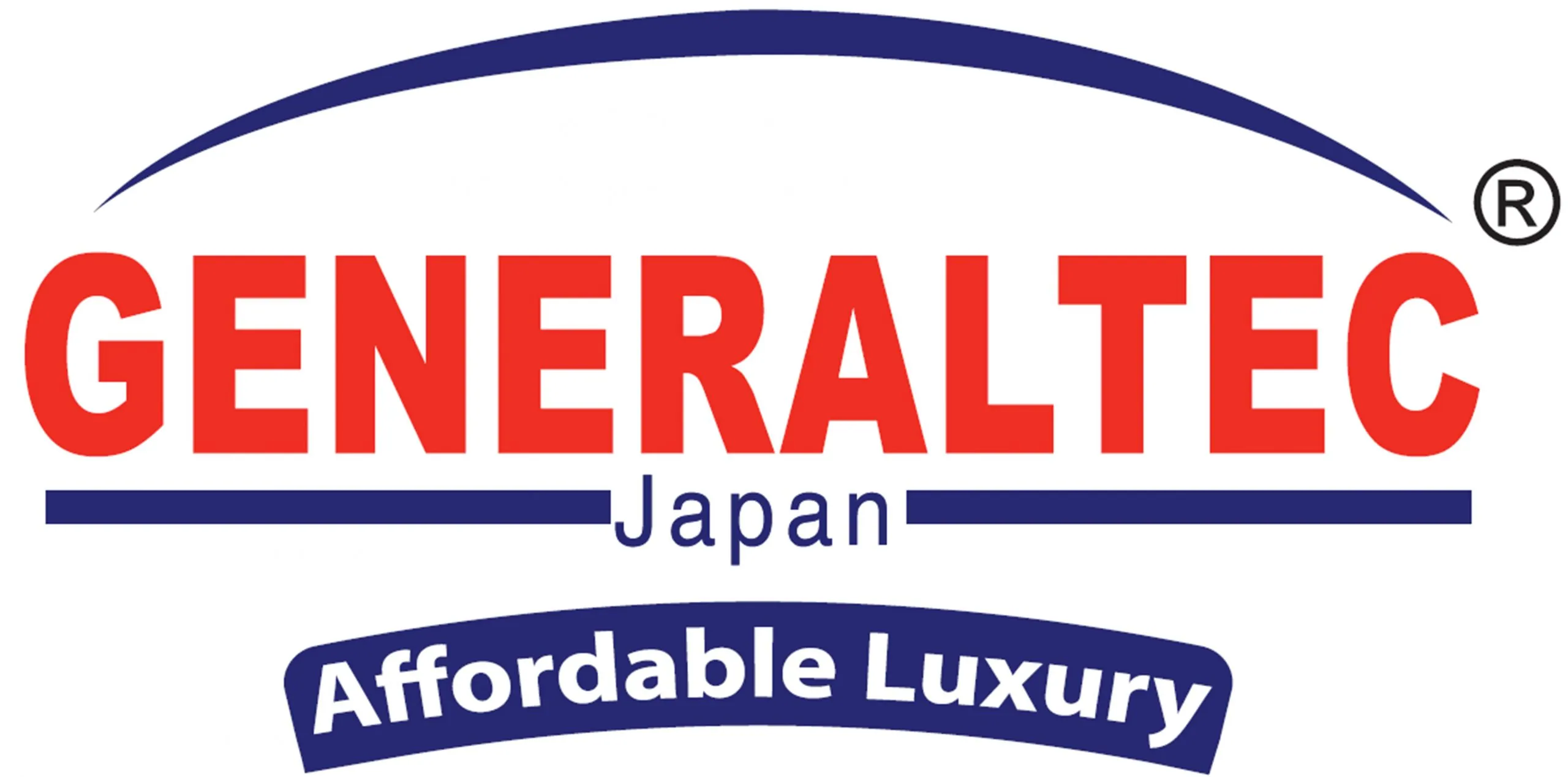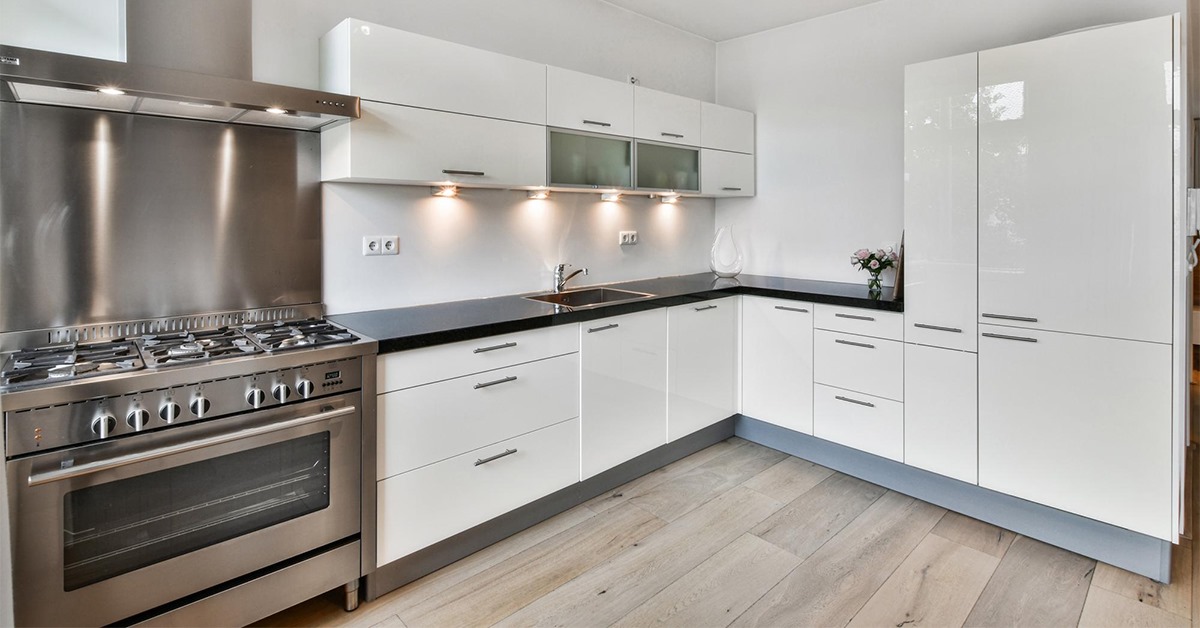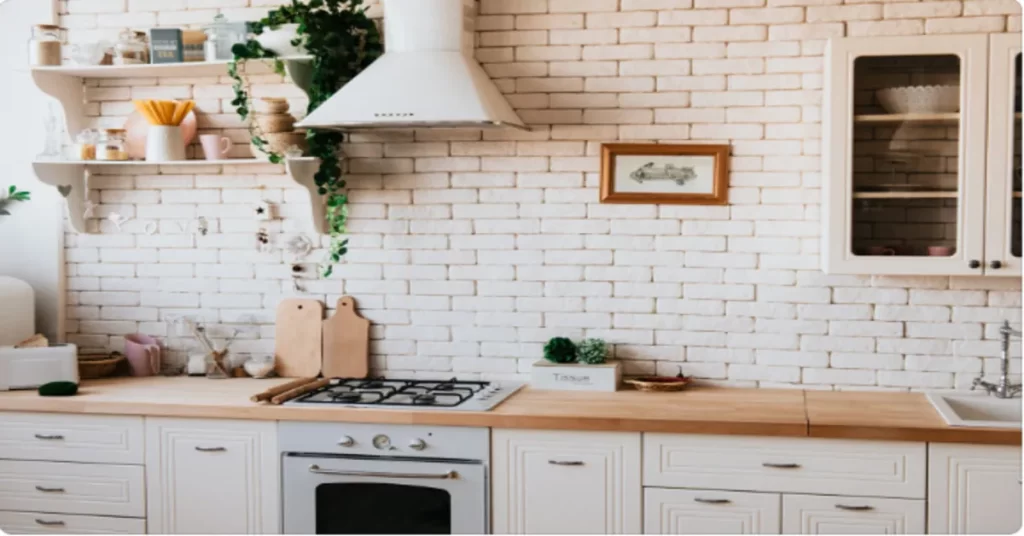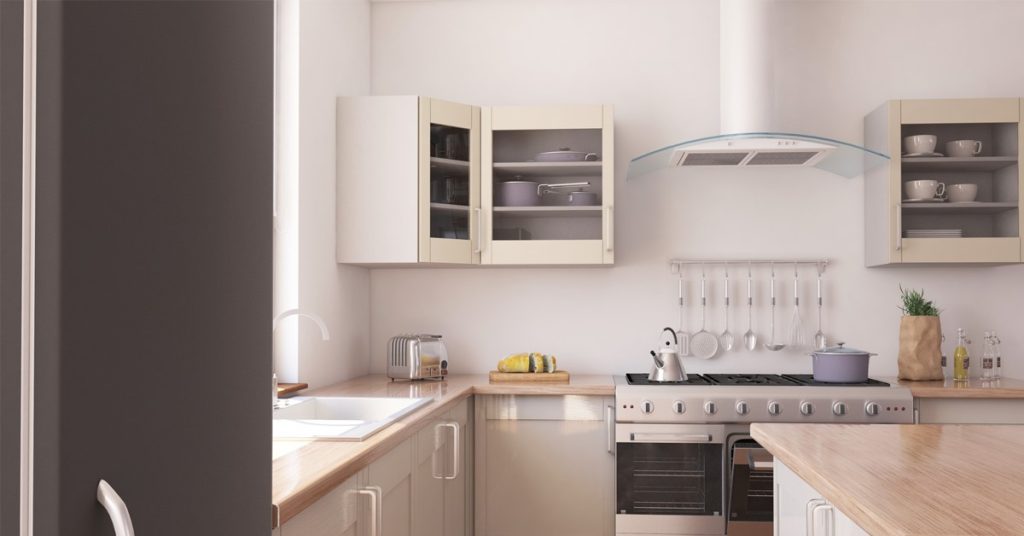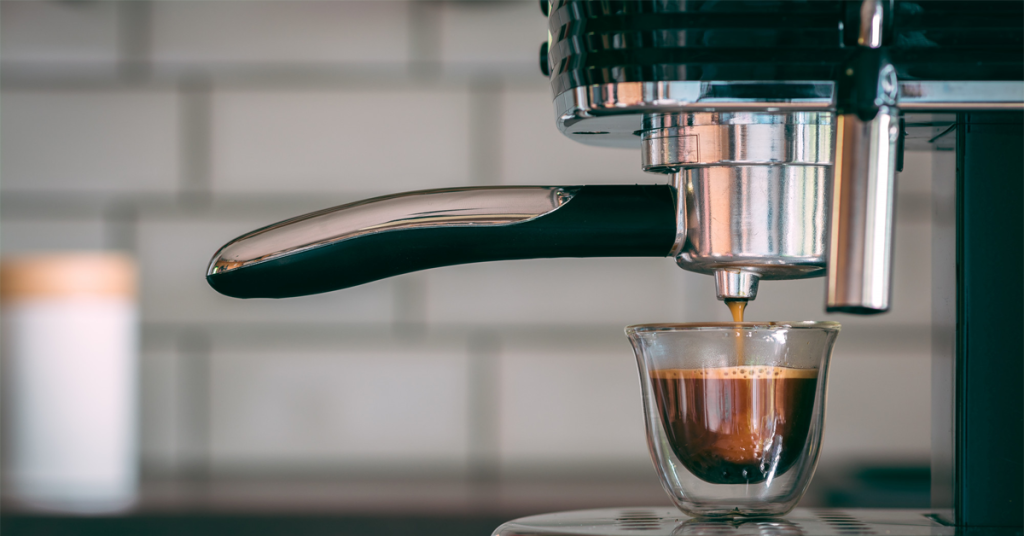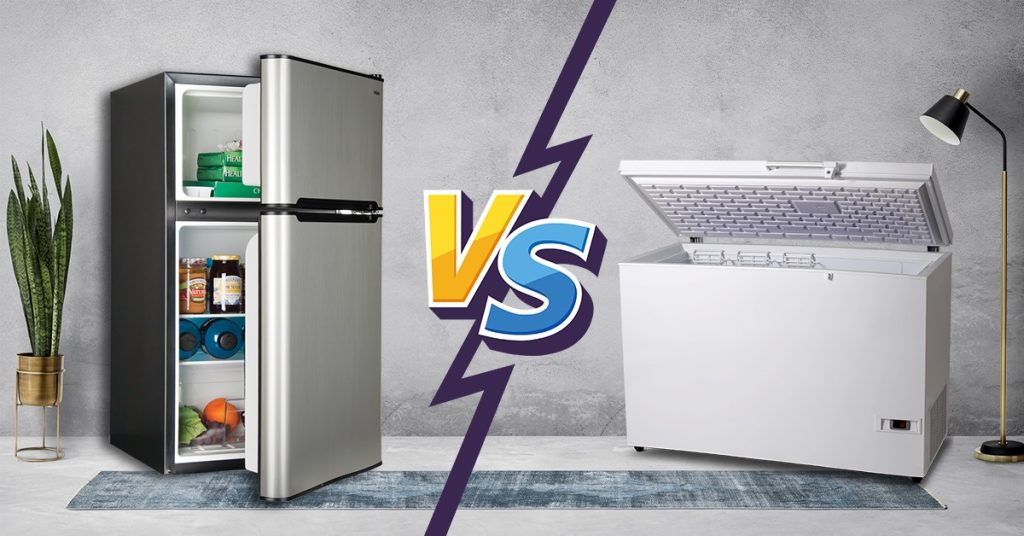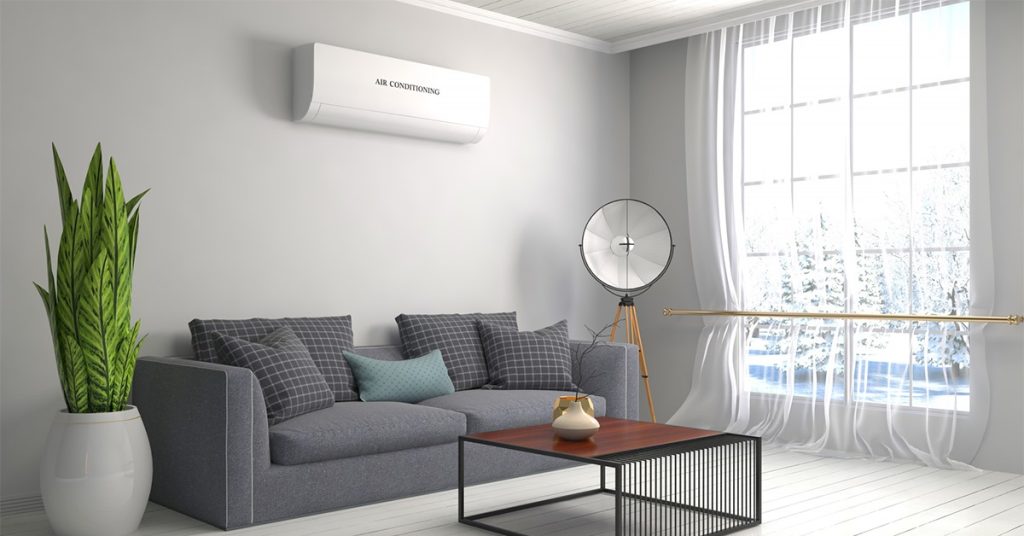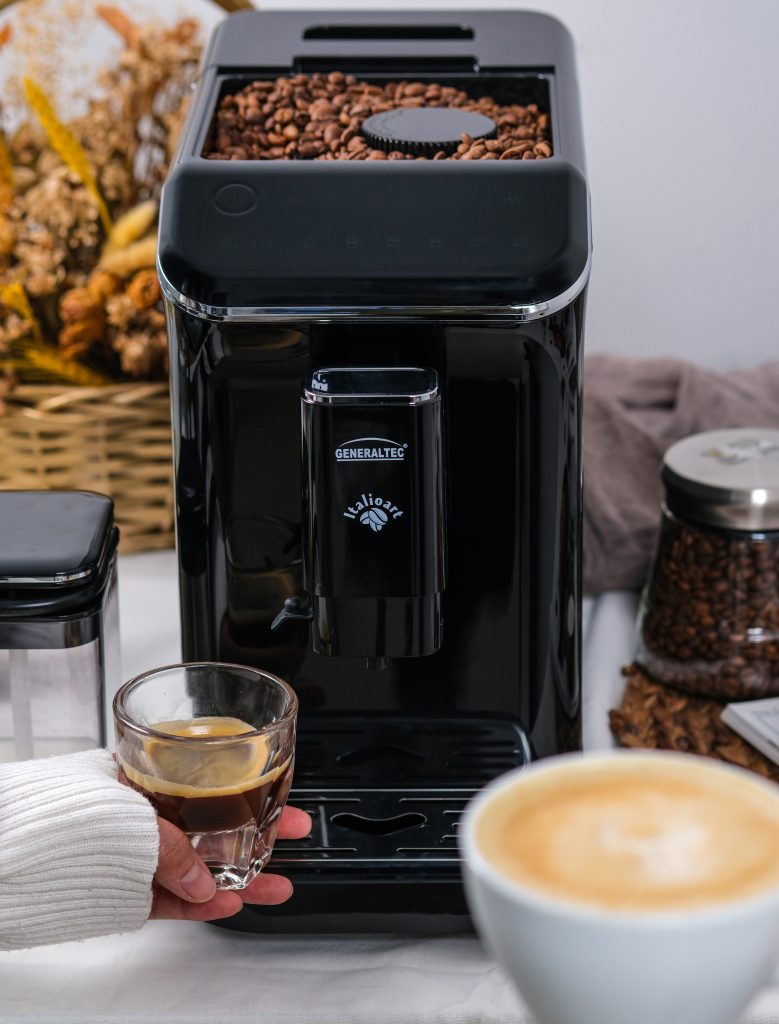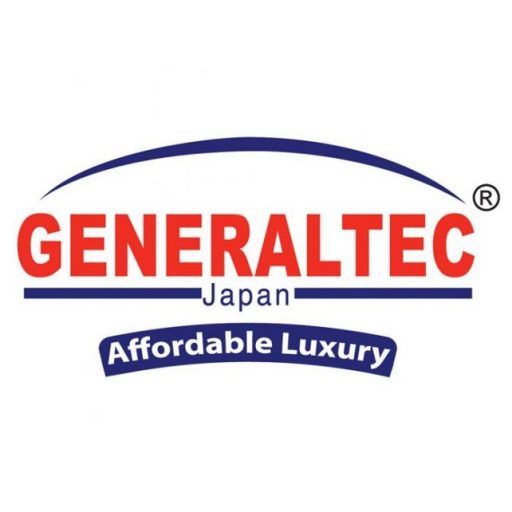A kitchen hood is an essential component of every well-designed kitchen. In addition to serving as a statement piece that can unify the entire area, it also functions as ventilation and improves air quality. Range hoods have evolved significantly since their first use, primarily in commercial kitchens in the 1930s. At GeneralTec these are available in a variety of sleek, contemporary, classic, and baroque forms. In this comprehensive guide, we’ll delve into the importance of a fantastic kitchen range hood and explore the options available. We’ll provide advice on how to choose the ideal size, style, and features to match your cooking preferences and style preferences.
Understanding Kitchen Hood Types
Under Cabinet Hoods
Under Cabinet Hoods are mounted to save space while providing effective ventilation for stovetop cooking. They are a popular option for small kitchens.
Wall-Mounted Hoods
Wall-mounted hoods are fastened to the wall over the cooking range and come in a variety of shapes and styles, giving the kitchen a modern and chic appearance.
Island Hoods
Island hoods are suspended from the ceiling and are designed for kitchens with a cooking island at the center. They provide efficient ventilation.
Downdraft Hoods
These are built into the countertop and rise when in use, then retract when not needed, offering a minimalist appearance.
Performancw Of a Great Range Hood
In the kitchen, a range hood’s performance is primarily defined by its capacity to eliminate smoke, steam, and odors. A great range hood should be able to remove a substantial amount of air from the kitchen every minute and have a high extraction rate, usually measured in cubic feet per minute. The size of the range hood should match the size of the hob it is intended to cover. If the range hood is too small for the hob, it won’t be able to exhaust all the smoke and steam produced when cooking. On the other hand, if it’s too big, it can be excessively noisy and expensive to run.
A Great Range Hood Based On Noise Level And Energy Efficiency
A smart range hood should be energy-efficient in addition to running quietly. Consider the following factors in relation to these two aspects:
Sound Level
The range hood’s noise level should be a crucial consideration when making your choice. A good range hood should operate quietly, not interfering with kitchen activities or conversations. Noise levels are measured in decibels (dB), and an ideal range hood should not exceed 60 dB, approximately the volume of an average conversation. Some range hoods can even operate at lower noise levels, around 30 to 40 dB, which is practically silent. The noise level of a range hood is influenced by factors such as the size and power of the motor, the type and size of the fan, and the quality of the ducting. A range hood with a strong motor and superior fan blades can run more quietly than a lower-grade model. Additionally, a range hood with insulated ductwork can further reduce noise.
Efficiency Of Energy
Another crucial factor when choosing a fantastic range hood is energy efficiency. An energy-efficient range hood can reduce your environmental impact while lowering your electricity costs. One way to determine a range hood’s energy efficiency is by looking for an Energy Star certification. Range hoods with the Energy Star certification are designed to use 65% less energy than standard models, helping you save money over time. Another aspect to consider is the range hood’s power consumption, which should typically fall within the range of 100 to 200 watts. Energy-efficient LED range hood lighting can also reduce energy consumption while providing sufficient cooking illumination.
Aesthetics Of a Great Rnage Hood
An excellent range hood should have an appealing appearance, influenced by its color, gloss, and texture. The color of the range hood should complement or match the color of the kitchen’s cabinets and appliances. Stainless steel is a popular material for range hoods due to its adaptability and compatibility with various styles. The texture of a superb range hood should align with the kitchen’s design aesthetic. For example, a range hood with a polished finish may be better suited for a traditional or classic-style kitchen, while one with a brushed finish may be more appropriate for a modern or industrial-style kitchen.
Final Thoughts
Choosing the best kitchen hood for your home is a decision that requires careful consideration. By taking into account factors like type, size, ventilation, noise level, design, and maintenance, you can find the perfect kitchen hood from GeneralTec to enhance your cooking experience and improve your kitchen’s air quality. Whether you’re a culinary enthusiast or a casual cook, a high-quality kitchen hood from GeneralTec is a valuable addition to any home. In summary, selecting the right kitchen hood involves balancing functionality, style, and energy efficiency to create a more pleasant and efficient cooking environment.
